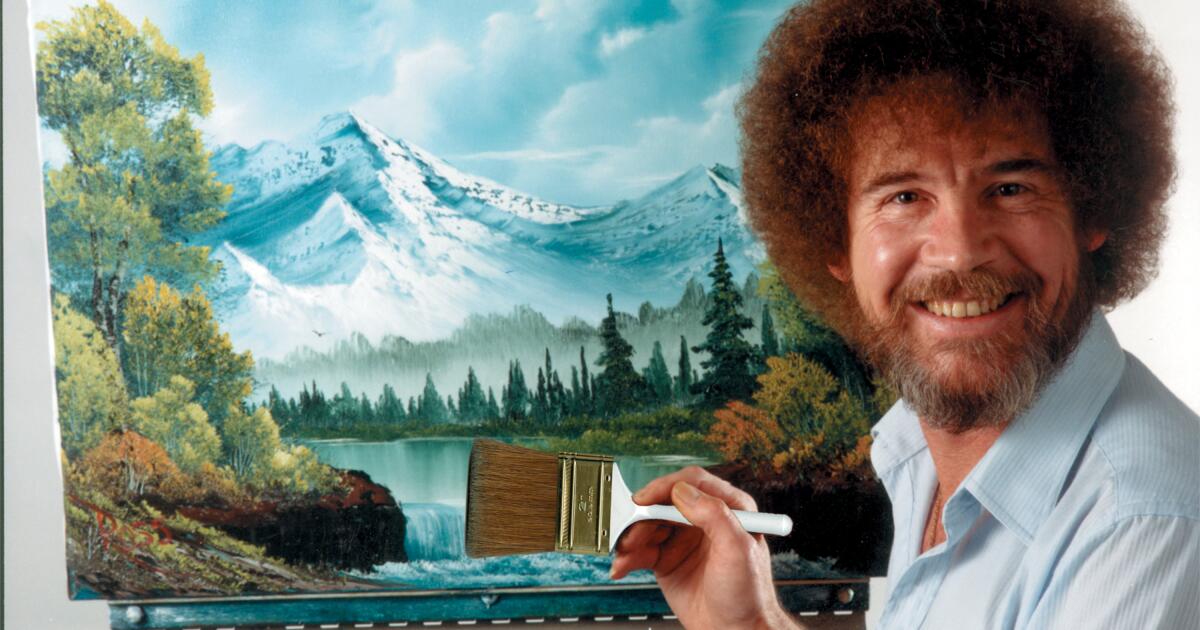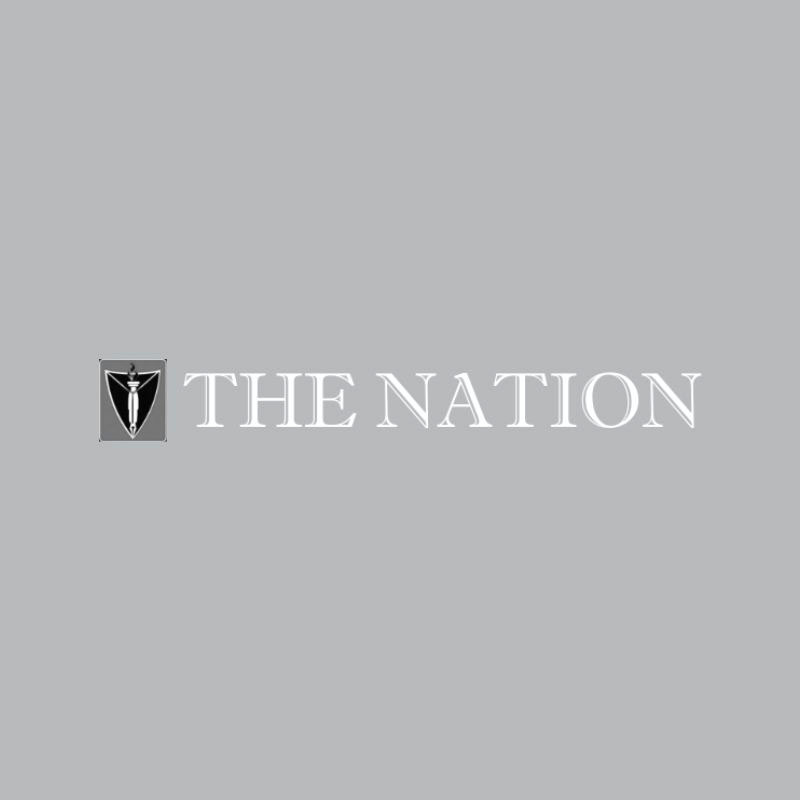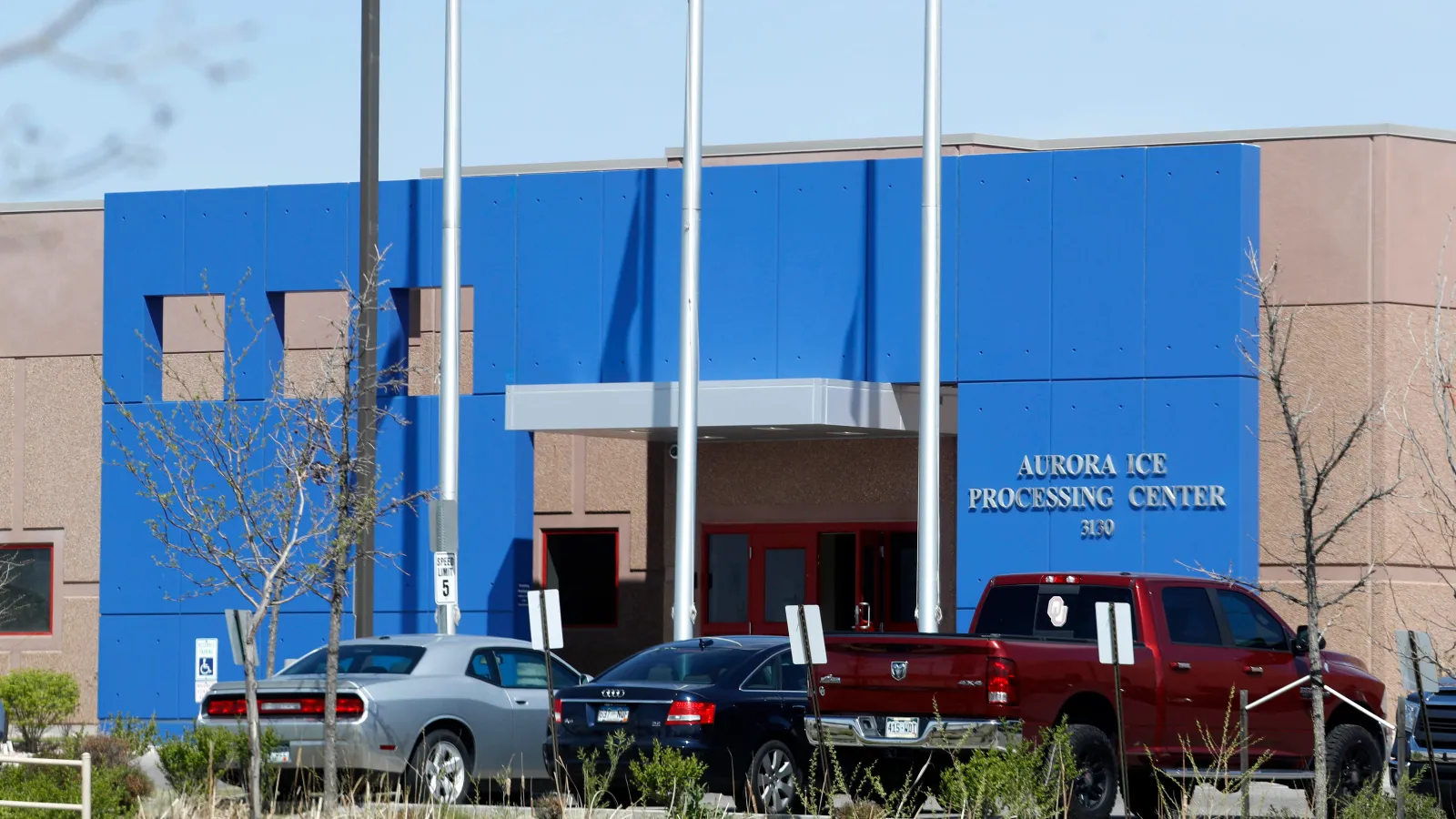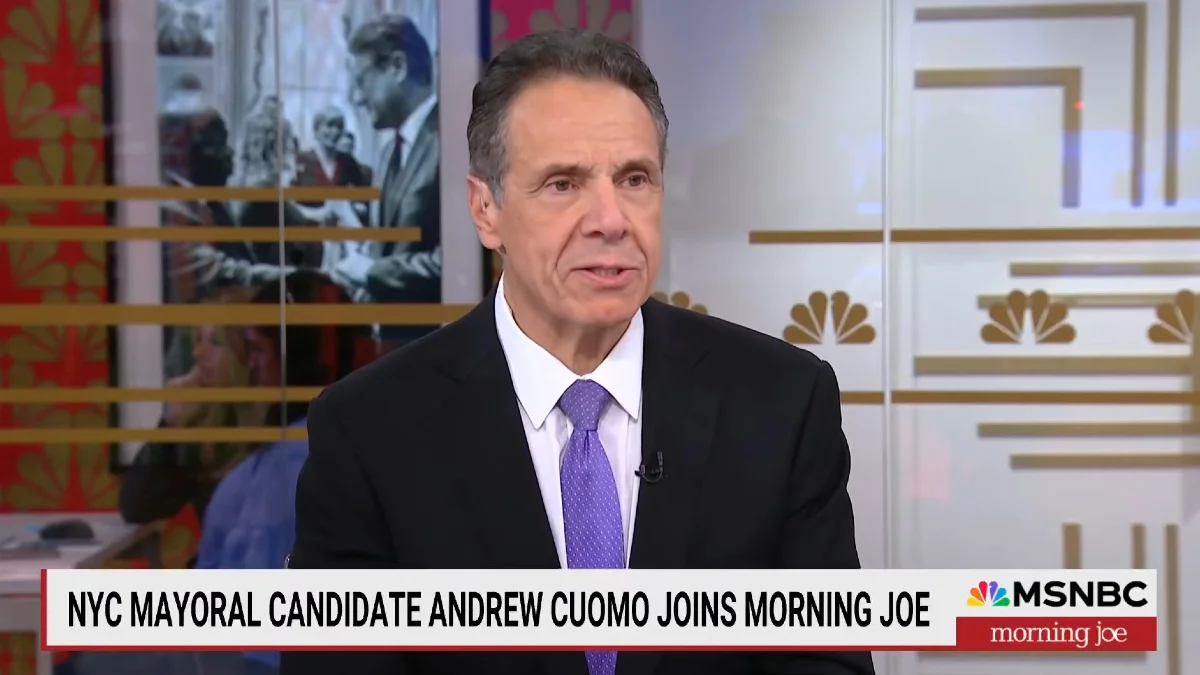Copyright Los Angeles Times

The indomitably forgiving painter Bob Ross, who assured us that mistakes are simply “happy accidents,” didn’t usually talk politics. But it’s worth remembering when he dipped into punditry upon drawing an errant evergreen: “That’s a crooked tree,” he joked. “We’ll send him to Washington.” The crooked trees in D.C. took the unusual step this summer of clawing back funds they had already approved for the Corporation for Public Broadcasting (CPB), which closed its doors on Sept. 30, putting public radio and television stations nationwide in dire straits. The works of the late Bob Ross, a former Air Force drill sergeant who continues to delight PBS viewers worldwide with “The Joy of Painting,” will now go on the auction block to benefit public media. The first three of 30 paintings will go up for bids in Los Angeles on Tuesday. It’s a brilliant and generous move from Bob Ross Inc. — and one that shouldn’t have to happen. Although the legacy of Bob Ross will live on with or without CPB, the loss of public media is hitting the small towns, rural areas and Indigenous peoples across the U.S. the hardest. These are the Americans for whom public media is akin to a utility, serving as a vital source of information, of emergency alerts, of cultural programming and community identity. It’s up to all of us to save public media as an essential, free news service. We have the opportunity to reshape public media, improve its business with a sustainable model and ensure this resource can continue to operate and serve the public. After more than a decade supporting public media, our family foundation is doing more in the difficult times. We’re asking other foundations, philanthropic-minded families and individuals, and anyone who grew up painting happy or even crooked little trees with Bob Ross to join us. Much has changed in the media landscape over the last 60 years, but the need for public media remains unchanged. The 1967 report that laid the groundwork for the Corporation for Public Broadcasting put it simply: Public media “must consist in its very essence of vigorous and independent local stations, adequate in number and well equipped. They should reach all parts of the country. They should be individually responsive to the needs of the local communities and collectively strong enough to meet the needs of a national audience. Each must be a product of local initiative and local support.” In a rare outcome for reports, all of this actually happened. The network of public radio and TV stations — created thanks to the philanthropically funded report, a foresighted bipartisan Congress and private-sector support — has the power to reach more than 95% of Americans, using less than 0.01% of the federal budget, or less than $2 a year per household. Most stations relied on federal funds for small portions of their budgets, typically only 10% to 15%. For that low sum, stations provided free educational programming — from “Sesame Street” to “NOVA” — alongside local journalism; weather and farming news; coverage of events, sports and culture; candidate debates; and profiles of figures up and down the ballots. These stations decrease polarization and drive volunteerism and voter turnout in whatever county they may be located, red or blue. Nine in 10 rural public stations provide original, on-the-ground local reporting. Public radio offers emergency information — including evacuation alerts — when extreme weather knocks out power or broadband, which is already spotty and pricey in many rural areas. Original reporting on issues like water access in West Virginia’s Appalachian towns and invasive species gaining ground on Kansas farms would not be heard without public radio, particularly given the precipitous decline of local journalism over the last several decades. And Indigenous communities wouldn’t have access to news in their native languages. It’s no wonder that public media has remained one of the most trusted sources of news anywhere, including among conservative listeners and viewers, despite what national-level politicians may claim. Independent studies have found no evidence of consistent bias in public media reporting. And although individual stories may strike listeners and viewers as biased, public media investigates and addresses claims of bias. If that work needs to be strengthened, fine, but in the meantime Congress has thrown out the baby with the bathwater. Before the federal government reneged on its funding for public media, both public radio and TV were already working to strengthen the essential local services they provide — efforts we can all support right now. Our foundation was one of the first funders of NPR’s Collaborative Journalism Network five years ago to expand the capacity of smaller, local stations through regional collectives that can pursue joint investigations, increase coverage of underserved communities, share news teams, make local stories available for national audiences, and pursue technological and other efficiencies. The result has been expanded news coverage across the Midwest, Appalachia and the Mid-South, the Mountain West, the Gulf states, New England and California, on issues from state-level politics to mental healthcare in nursing homes to unaffordably high utility costs. Indeed, public media has already responded robustly to the collapse of federal funding with renewed donation drives across diverse funding sources — the auction of Bob Ross’ paintings is expected to raise about $1 million — and commitments to rely more on shared services. With more of us pitching in, perhaps public media will not only save itself, but also show us how to maintain sustainable local news — and with it, the connection, community and identity that are essential threads in the fabric of our country.



